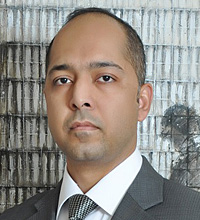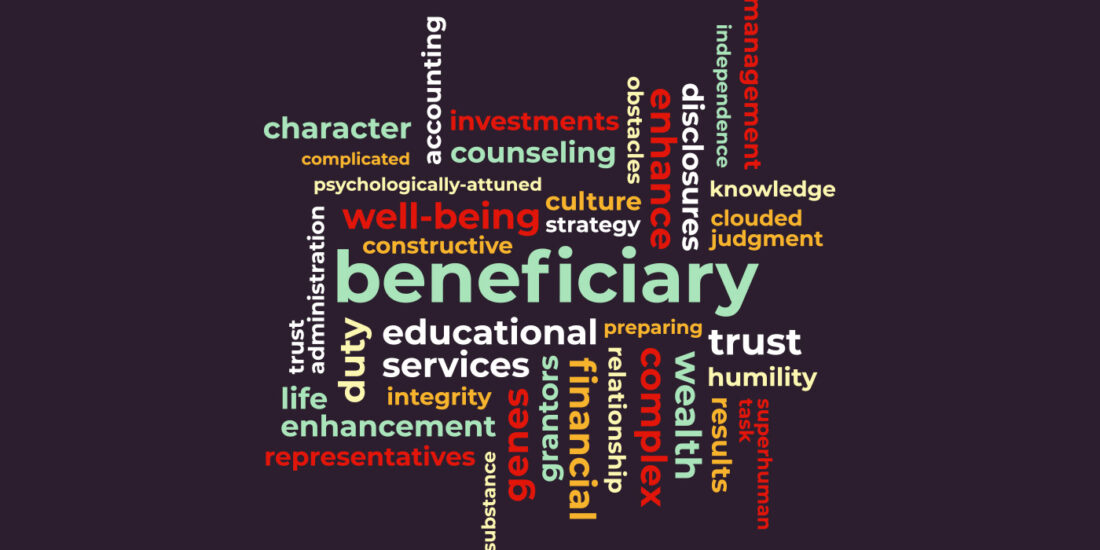Thanks to this week’s author Asher Noor for the concluding piece in the May series on Family Business: Electrifying!
Congratulations to all the May authors and those interviewed in this series. The next series of articles related to the October global conference will appear in September. Meanwhile, stand by for the blogs, articles, précis and interviews that will continue to appear in the summer issues of The Practitioner.
Yours in Practice,
The Practitioner
Usually the most prized thing that we as established practitioners lose is our creativity.
Once a niche is carved and sustained over decades of hard work, inevitably, at some point in time, complacency sets in. We start to believe that we have seen it all — to believe we have a solution or a customized template for every situation…to think we own a cookie cutter for every issue that could possibly trouble our clients.
These beliefs are then falsely validated, when practitioners get complimented for quick turnaround time, an awe-inspiring track record, attractive fees and battle-tested solutions. The reality, however, is grim. To the discerning, these offerings lack creativity, having lost their spark over the years. These pre-ordained solutions may no longer be the best options. The ingredients of creativity and innovation, the bedrock of a rock-solid deliverable, are crucially missing. Lack of creativity renders the recipe incomplete and the clients possibly shortchanged.
Creativity requires being original, entertaining and useful. However, for some practitioners creativity is akin to the taboo of dabbling in “creative accounting.” Complacency may harbor the misconception that everything worth inventing has been invented, and thus there is no scope for innovation. It therefore crucially stands to reason that the definition of innovation be iterative. Innovation is finding new applications for old concepts.
The reactive argument is that standard problems have standard solutions which require little to no creativity or innovation. For example, who can fault anyone doling out prescriptions like family councils, family constitutions, succession planning measures etc., for family business owners? The innovation may come on the legal structuring side but, per some, largely there are standardized options available. It’s easy for some practitioners to blame the herd mindset of their clients and the rigid regulatory frameworks as reasons for not infusing creativity and innovation in their offerings. Such practitioners could be seen in the quest for new clients, rather than new solutions.
My premise here is that, advising and consulting in the family enterprise field is not just about prescriptions for clients. It is also about execution. Even for century-old problems we need solutions in consonance with the pulse of the latest times. That is where practitioners should be able to find or create ways to spark creativity and innovation. To be able to do so, practitioners need to be in sync with the present norms with an eye on the future fads — even if they have been in the business before the millennials were conceived or their playbook covers the A to Z of every issue in their realm.
A quick case in point being that in the past, face-to-face meetings were considered the eventual ice breaker. In today’s times when key stakeholders are constantly in planes going places, getting everyone under the same roof at the same time may not be a viable option. So how can you be a creative moderator? Solutions could range from virtual chat rooms, virtual whiteboards, video conferencing or collaboration document options. They all lean heavily on technology, but why should we consider technology a bad thing, given that what’s around the bend are options like teleportation, clones, holograms, etc!
The endgame towards increased creativity and innovation is not to become a prolific inventor or a mad genius to every problem or curve ball that comes our way. It is not about solving rocket science algorithms. It is simply about recharging our brains to seek new solutions for old problems.
Some suggestions for sparking creativity and innovation include the following:
Talk to your self
It basically means giving respect to your inner voice. The sneer of “been there, done that” stifles creativity and internal dialogues. We can recharge creative instinct by audibly and inaudibly continuing to ask ourselves the question of why and how? Keeping that inner conversation alive will help us remain creative – which then leads to being original and relevant. My creative juices start flowing when I ask this question from Tony Buzan: “How can we get the most from every mistake we make?”
Upgrade your ecosystem
Stop being the Hem and Haw of Who Moved My Cheese. Being on constant alert or on the move is the best way to stay grounded and not be burnt by the competition or evolution. The winds of change creep upon us without notice. So it should be a constant quest to upgrade our ecosystem, i.e., the people we choose to work with. They should have the right blend of diversity in age, gender, education, mindset and experiences, because creativity is contagious. As they say, we are the average of the five people we most interact with!
Build a better perspective
It’s not as much about walking a mile in another person’s shoes or considering oneself a guru as it is about being able to see things from the counterparty perspective. We all learned long ago that things are not just black and white. However, our default settings remain grounded in the naïve simplicity of on/off. We need to enrich our beings with better perspectives because it is then that we are able to connect the dots and see the big picture. To be creative, we have to stop diagnosing via isolated symptoms. Thinking outside the box is clichéd, but to be creative it’s actually quite easy to start with the premise that there is no box.
Play
My definition of play here has a few different twists to it. For one thing, play means being curious. There are unsubstantiated claims that it may have killed the cat, but odds are firmly in favor of curiosity leading to inspiration. Our curiosity could take us to see a street artist outside the Louvre, South African townships, base-camp of Nanga Parbat, a play in Stratford-upon-Avon or a lecture on anthropology at MIT. That is how cross-pollination of ideas and experiences enriches our own domain, while seemingly at play.
Play also means toying with the established conventions and orthodoxies. It is this seemingly futile exercise that really lights the bulb of creativity and helps one figure out the landmass, obfuscated by the ocean of prevailing wisdom. Play in its most simplistic sense also represents the kid who will look at a puzzle and do a deep dive without fear or logical constraints.
It’s not about being a rebel or a full-time contrarian. It is not about trying to be a non-conformist. The realm of possibilities easily opens once we are ready to suspend judgement and park logic and assumptions to the side, to tackle problems.
Yes, it could be called day-dreaming on the job as well. However, I’m sure you will find a creative way to justify that!
Let the dreams begin and the creative juices flow.
To watch a video of Asher on the broader reach of FFI go here.
About the contributor
 Asher Noor, CFBA, is the CIO and Group CFO for AlTouq Group – a sophisticated Saudi Arabian family investment office. He is a faculty member for “GEN 501: Myths, Realities, and Trends in the Field of Family Enterprise” and is also on the editorial board of The Practitioner. He serves as an elected member of the Business Families Special Interest Group at STEP (Society for Trust & Estate Practitioners). Asher is a chartered accountant and a qualified TEP. He has an MBA in family business from EDHEC Business School, France and was elected to the university’s global alumni board. He can be reached at asher@altouq.com.
Asher Noor, CFBA, is the CIO and Group CFO for AlTouq Group – a sophisticated Saudi Arabian family investment office. He is a faculty member for “GEN 501: Myths, Realities, and Trends in the Field of Family Enterprise” and is also on the editorial board of The Practitioner. He serves as an elected member of the Business Families Special Interest Group at STEP (Society for Trust & Estate Practitioners). Asher is a chartered accountant and a qualified TEP. He has an MBA in family business from EDHEC Business School, France and was elected to the university’s global alumni board. He can be reached at asher@altouq.com.





